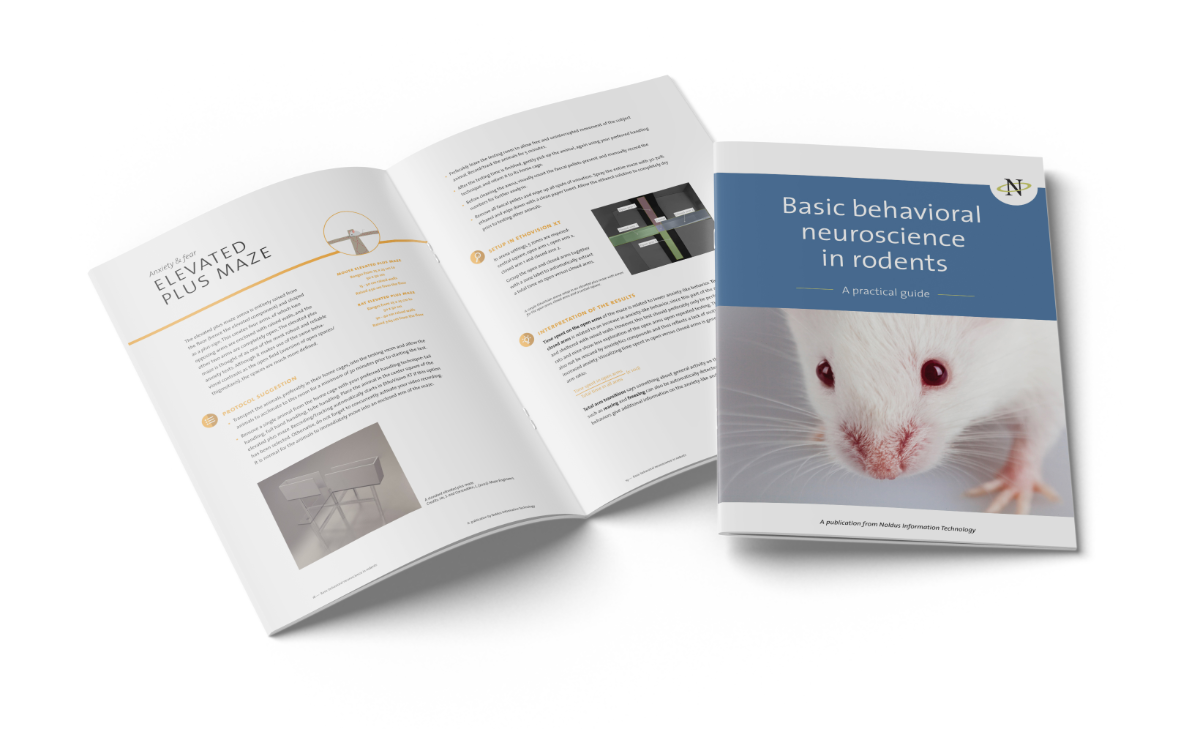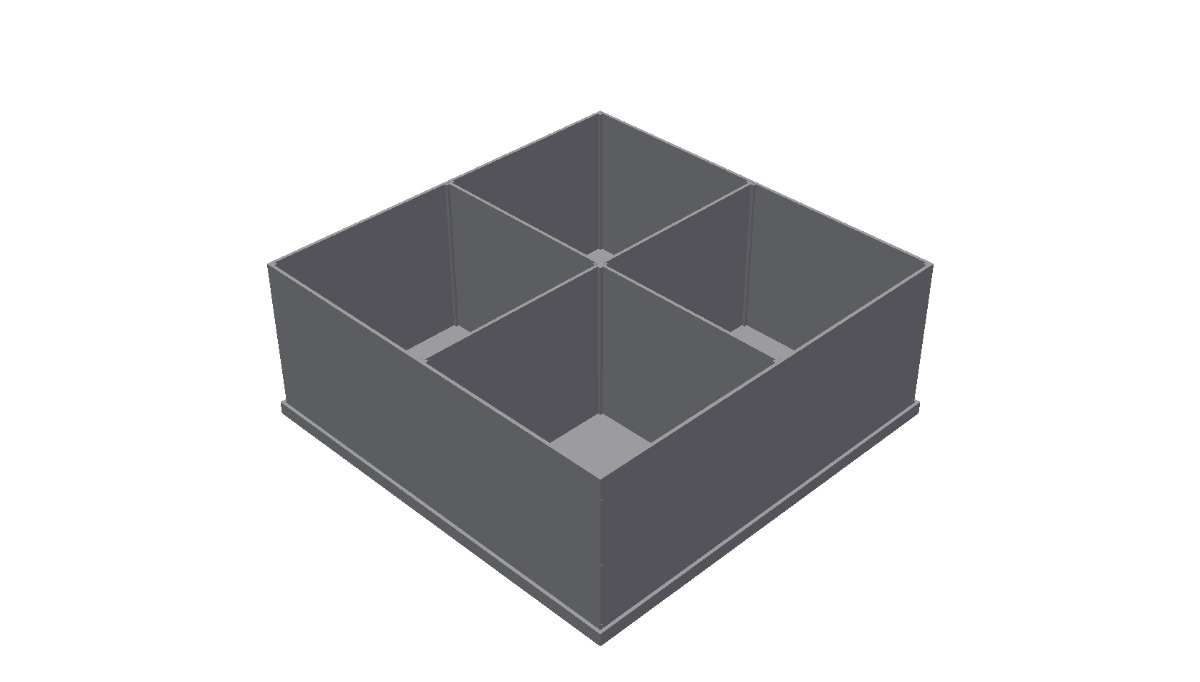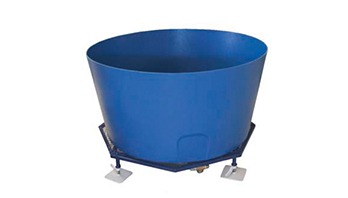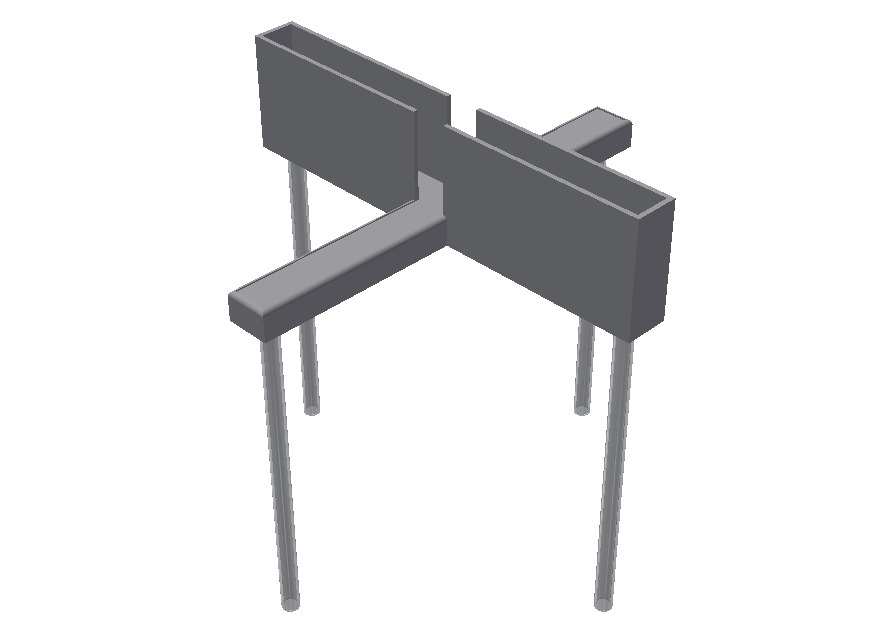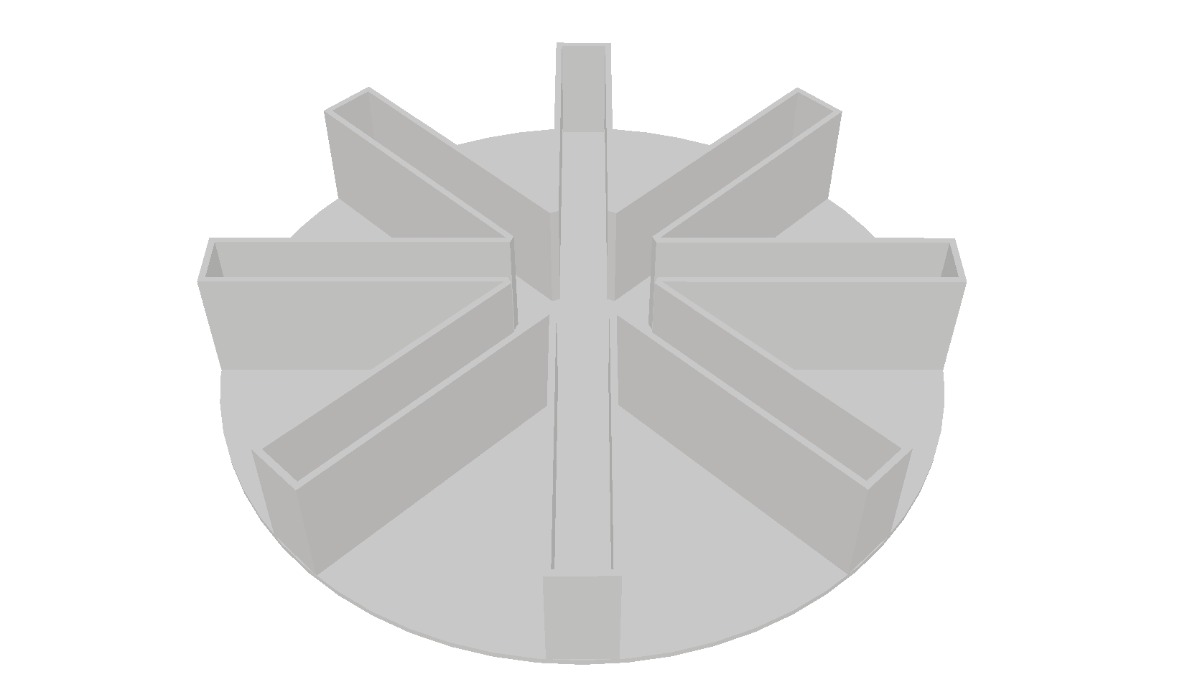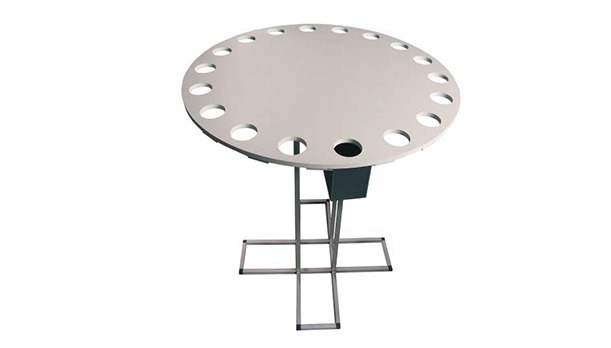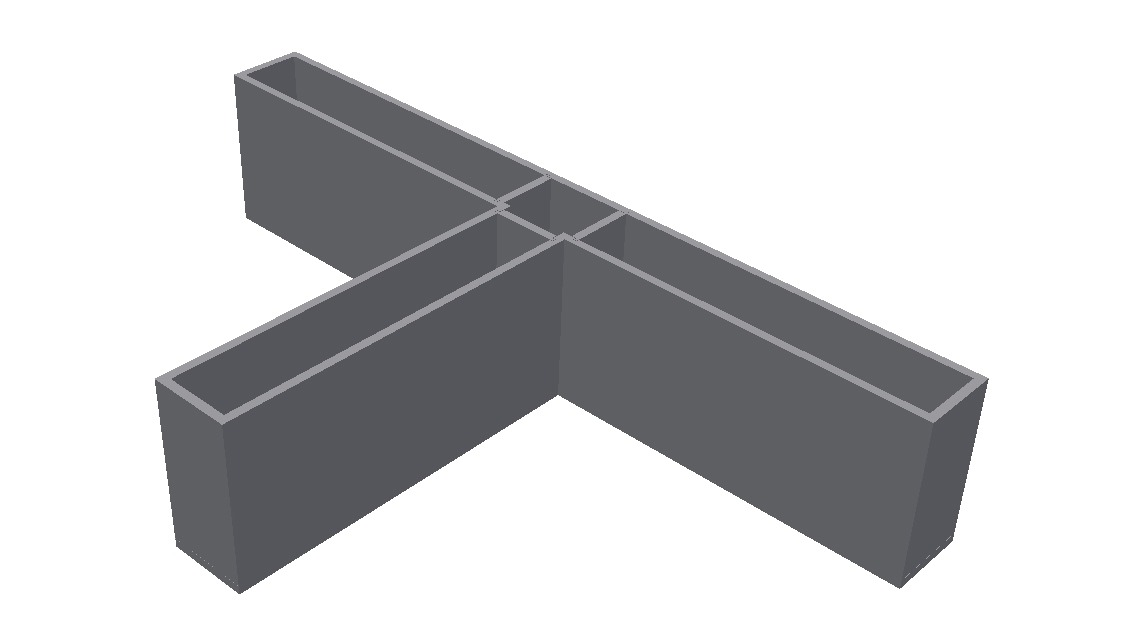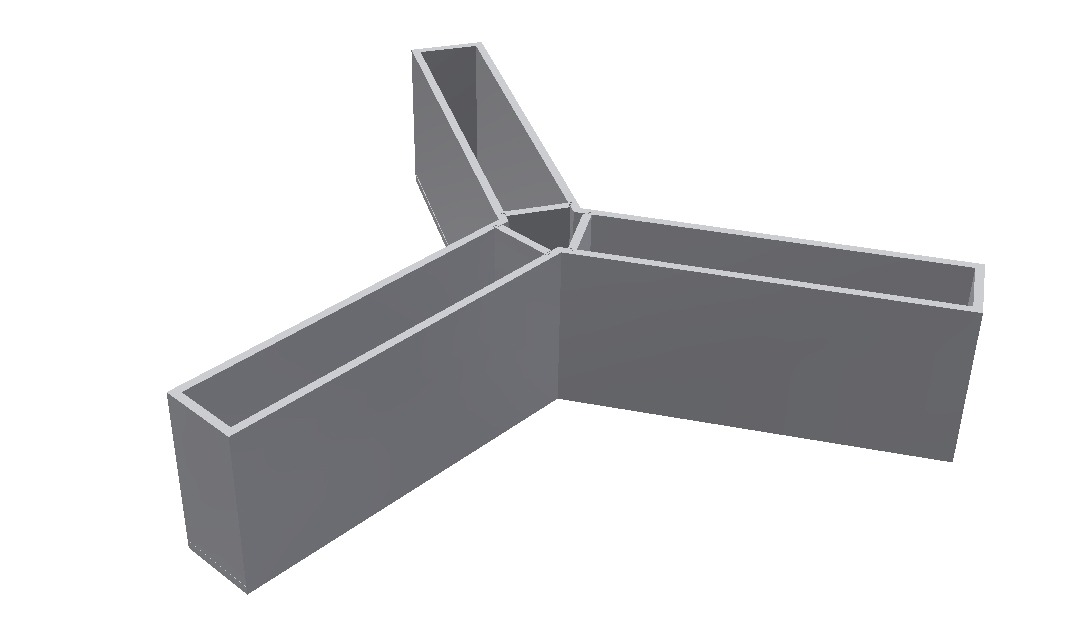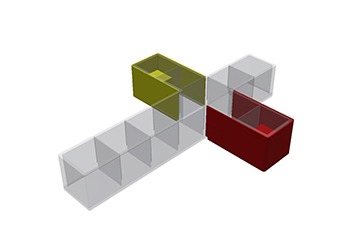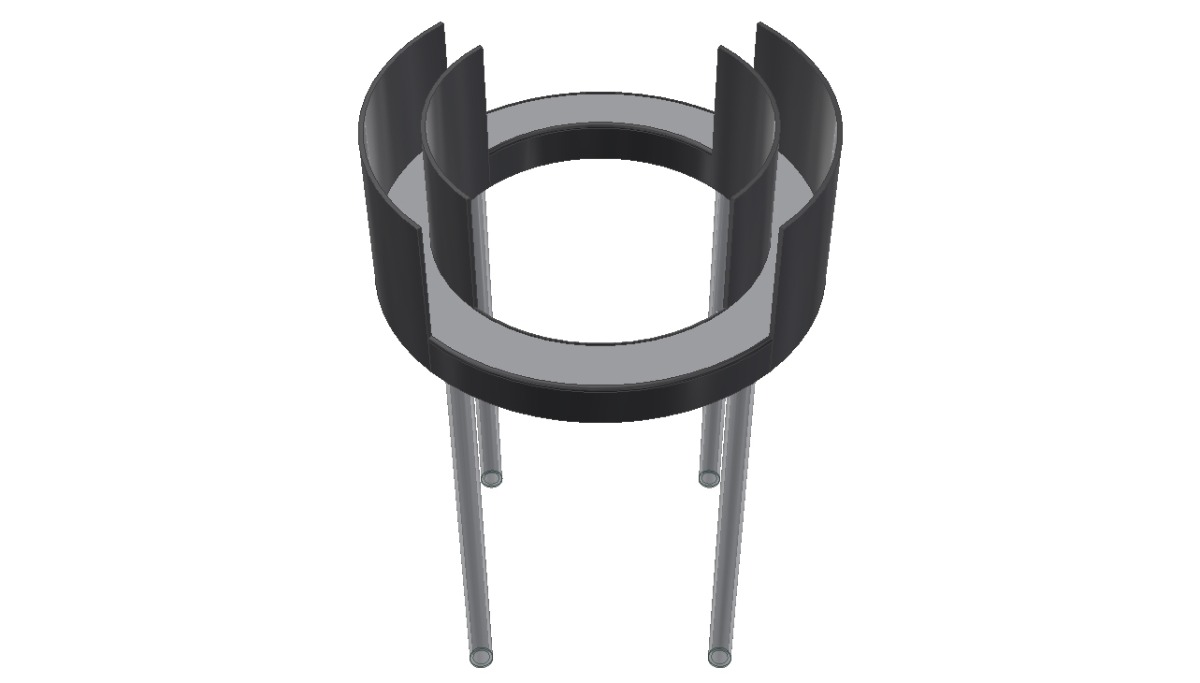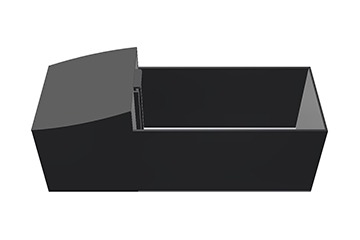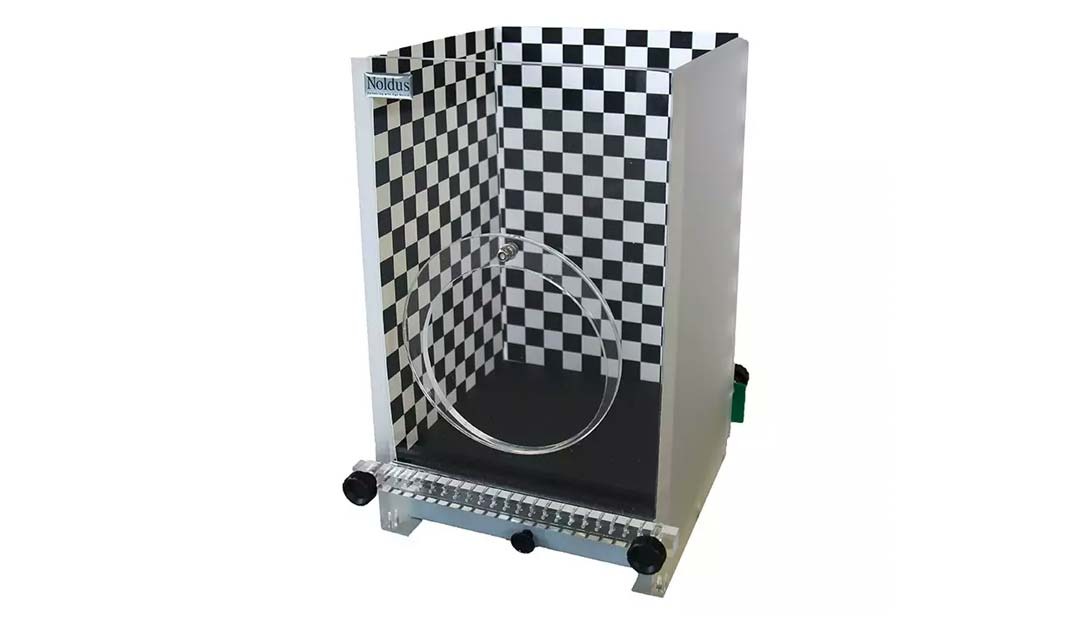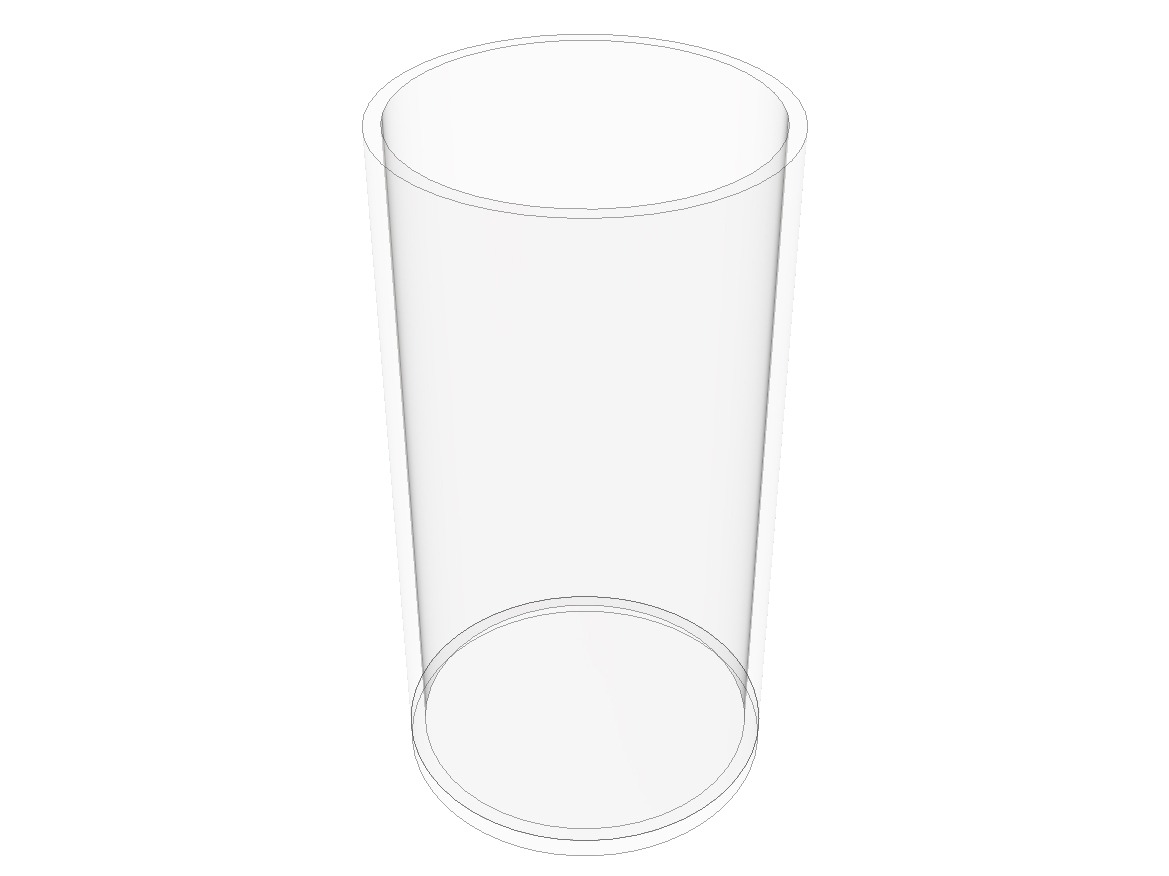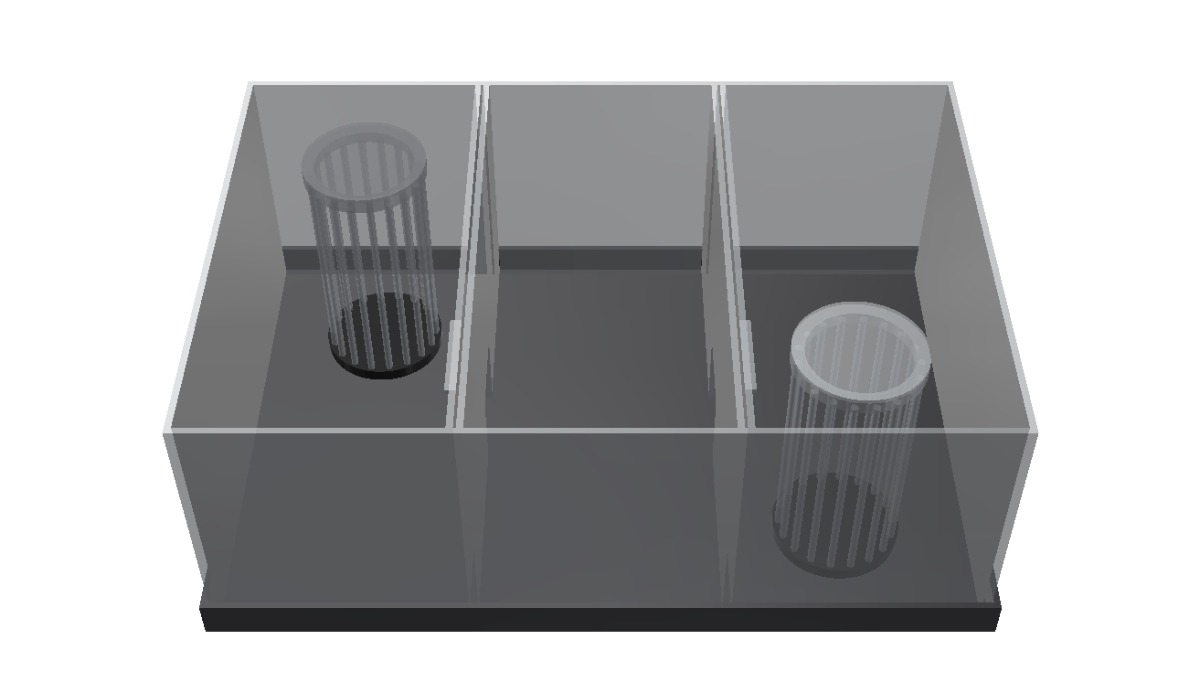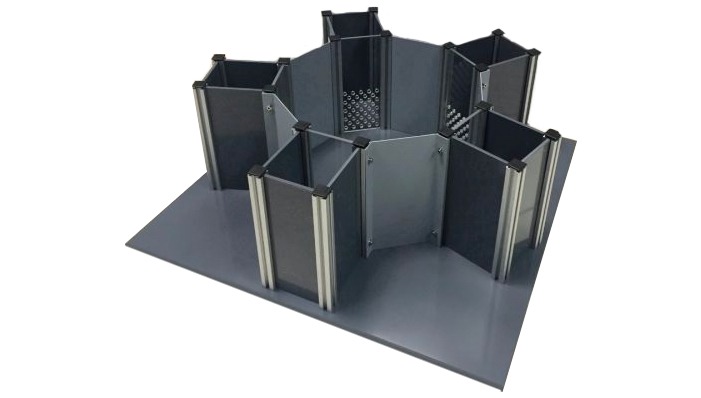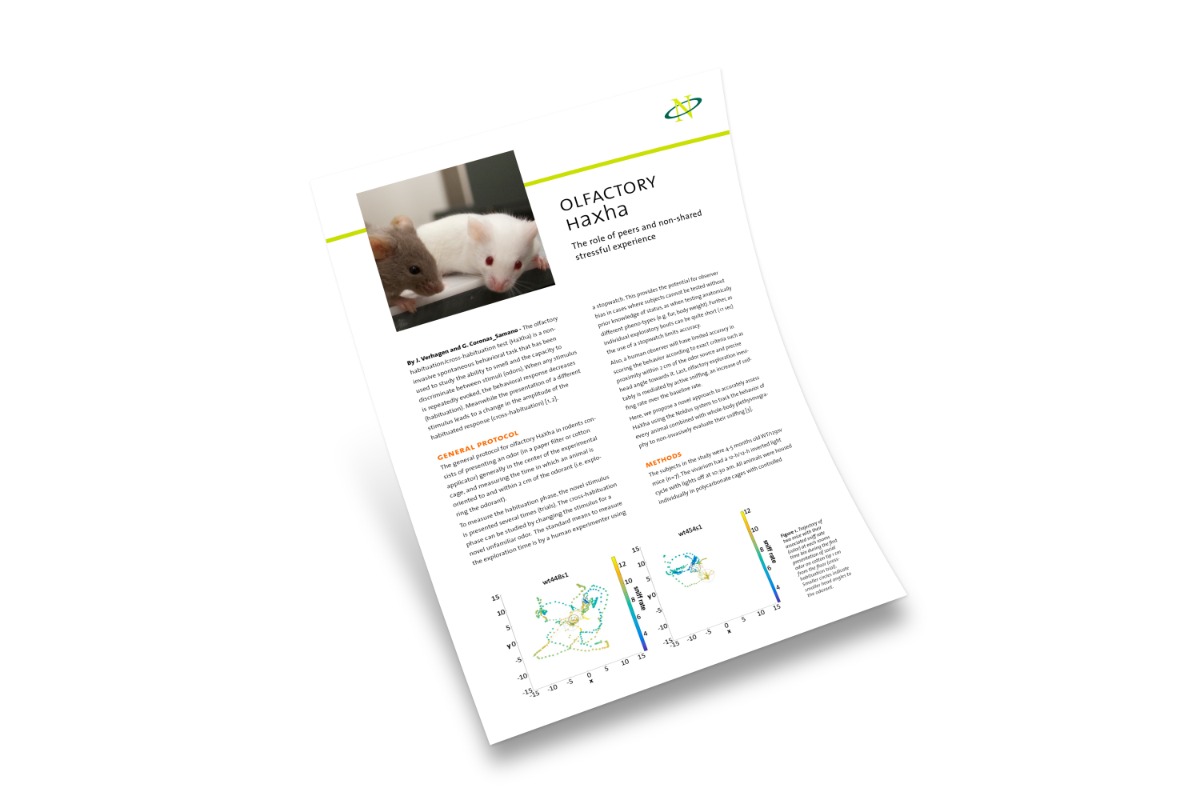Tools for
Rodent video tracking
There is a wide range of mazes available and described in literature for the behavioral assessment of animal models. For objective data collection, video tracking software is a must.
We offer any type of maze, standard or custom, and always perfectly suited for video tracking with EthoVision XT. We also offer package deals!
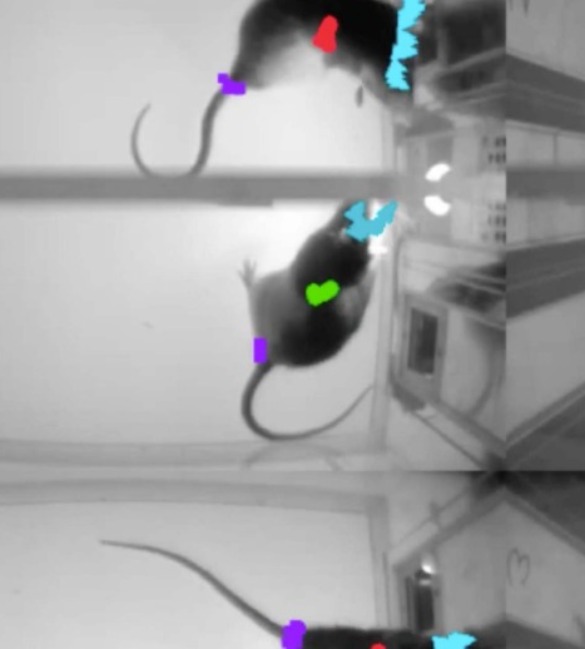


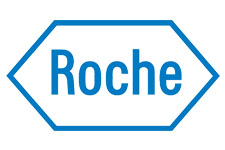
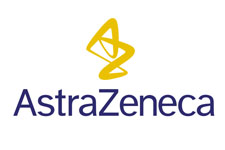




Trusted by researchers and trainers around the world
What is video tracking?
Video tracking means that the software is able to detect an animal in a video file or from a live video feed, distinguish it from its background, and track its whereabouts and movements. It tracks and analyzes the behavior, movement, and activity of any animal. Video tracking technology is versatile and enough to be very useful in many different behavioral tests.
EthoVision XT, the most widely applied video tracking software, has been around for more than 25 years, and during these years it has evolved from video tracking software into a software platform, designed to be at the core of your lab.
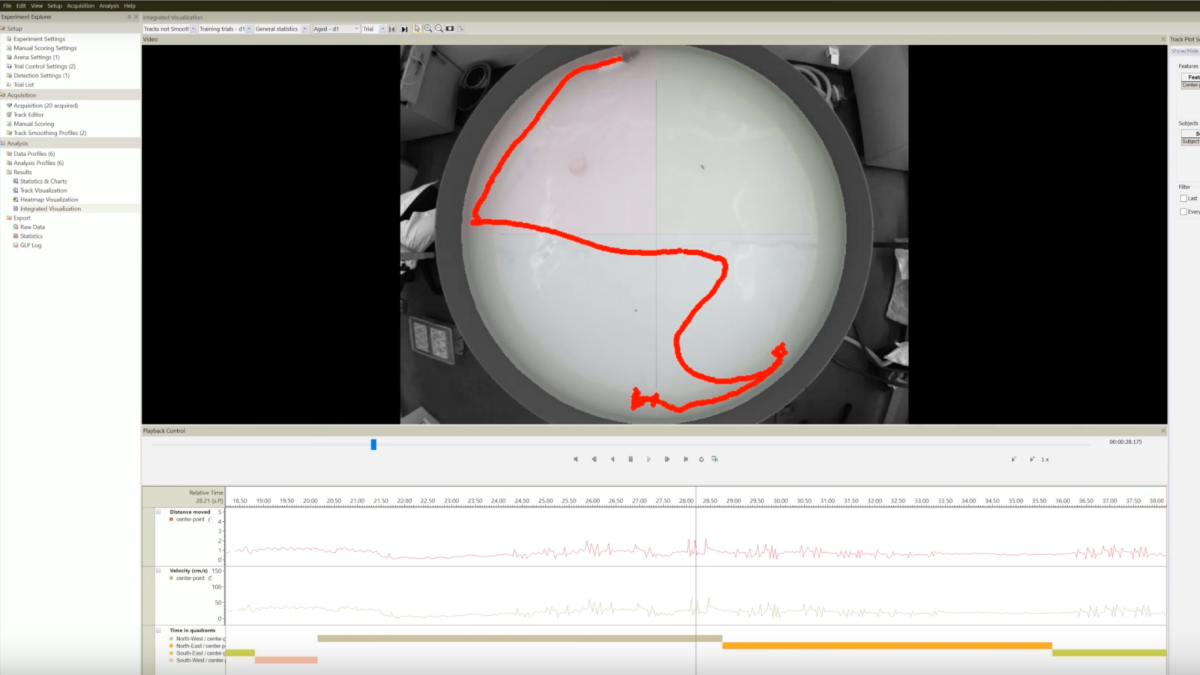

EthoVision XT is used in over 22,000 publications. Get your free trial to try it out!
How does EthoVision XT work?
EthoVision XT is a software platform. You can start with Base, which is all you need to perform experiments with one animal in one arena per trial (such as a water maze test). Add-on different modules to study social interaction, or to control external hardware such as doors, lights, food dispensers, and optogenetics. Integrate data feedback from feeding monitors or running wheels, or physiological data.
Free e-book
Basic behavioral neuroscience in rodents
Rodent video tracking is an efficient and robust way to quantify a wide array of behavioral readouts in rats and mice. In our free e-book, the basic behavioral neuroscience in rodents, we guide you through a number of crucial behavioral paradigms and how you can measure them.

“The tracking software is extraordinary! Keep the good work going. You make our lives easy and each new version of EthoVision is testimony to the fact that the company is frankly put, the best at its game in the world. We appreciate this very much!”
Dr. D. Wolmarans|North-West University, South Africa
Mazes and open fields
There is a wide range of mazes available and described in literature for the behavioral assessment of animal models. We offer any type of maze, standard or custom, and always perfectly suited for video tracking with EthoVision® XT. We also offer package deals!
Open field
The open field test is a straight-forward test to investigate activity, anxiety-related and exploratory behavior of rodents.
Morris water maze
The Morris water maze task is a popular and well-validated test for spatial learning: most-used behavioral test in neuroscience research.
Elevated plus maze
The elevated plus maze is a well-characterized behavioral paradigm, one of the most used tests for anxiety research.
Radial arm maze
The radial arm maze is test for spatial / working / reference learning and memory in rats and mice, for several sophisticated test protocols.
Barnes maze
The Barnes maze is a paradigm to study spatial learning and memory. It consists of a circular table with holes around the circumference.
T-maze
The T-maze task is an investigation of spatial learning and memory. Subsequently, reversal learning or retention can be investigated.
Y-maze
The Y-maze is, similar to the T-maze, a test to investigate spatial learning and memory. Specifically designed for testing rats or mice.
Cross maze
The aquatic cross maze is a multifunctional maze for zebrafish learning and memory testing, but also for social preference.
Zero maze
The elevated zero maze is very similar to the elevated plus maze, but lacks a center square. Gives an indication of anxiety versus exploration.
Light-dark box
The light-dark box is used to test the unconditioned anxiety response, based on the novel environment and the light/open space.
Fear conditioning
Fear conditioning and other learning tasks in rodents are typical in a wide range of neuropharmacological studies, amongst others.
Forced swim test
The (Porsolt) forced swim test, also known as the behavioral despair test, is used to test for depression-like behavior in both mice and rats.
Sociability cage
The sociability cage is designed to test the social behavior or social memory of one individual towards others.
Agora maze
The Agora maze is a new sociability test, also known as the Sociobox method. The Agora maze diagnoses social recognition deficits.
Dr. Do Rego: "Automatic measurements makes us gain in quality."
Dr. Jean-Claude do Rego and Dr. Jean-Luc do Rego of the Behavioral Analysis Facility of the University of Rouen (Service Commun d’Analyse Comportementale, SCAC), are evaluating the behavioral and functional activities of new pharmacological drugs.
Free case study
Video tracking the Habituation/Cross-habituation test
The olfactory habituation/cross-habituation test (HaXha) is a non-invasive spontaneous behavioral task that has been used to study the ability to smell and the capacity to discriminate between stimuli (odors).
The standard means to measure the exploration time is by a human experimenter using a stopwatch. This provides the potential for observer bias in cases where subjects cannot be tested without prior knowledge of status, as when testing anatomically different phenotypes.
Download the free case study to learn more!
Relevant blogs

Can a food preservative increase symptoms of autism?
Autism spectrum disorder (ASD) has a strong genetic component – a well-known fact. However, recent studies suggest that environmental factors, such as dietary ingredients, can cause exacerbation of the symptoms.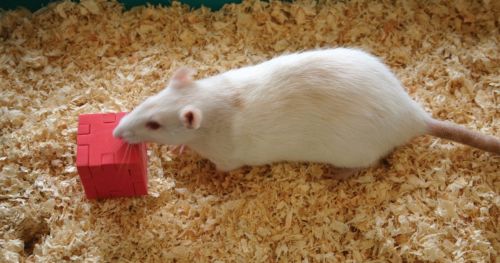
Using several behavioral tests to investigate the role of the NR1 gene in schizo
Studies of the mental disorder schizophrenia in lab animals often include behavioral tests to investigate social behavior, cognitive abilities, and motor functioning.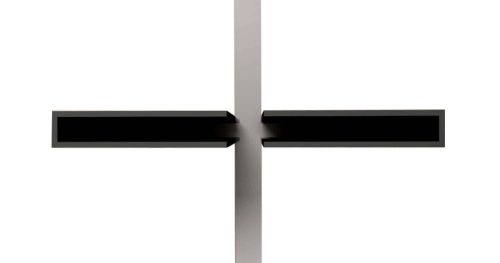
 English
English German
German French
French Italian
Italian Spanish
Spanish Chinese
Chinese
